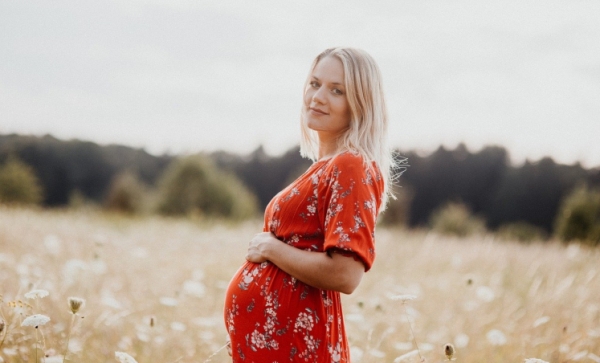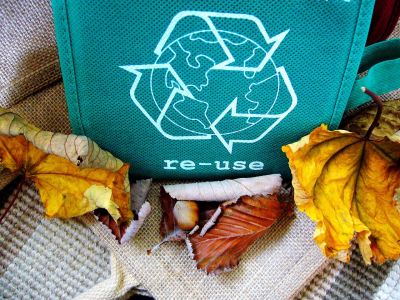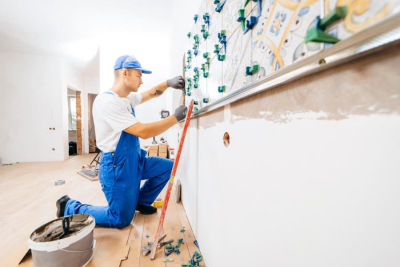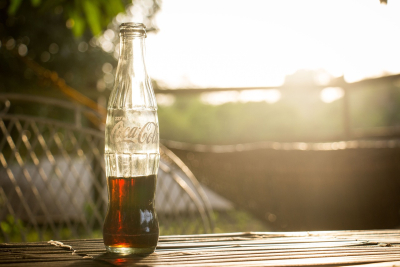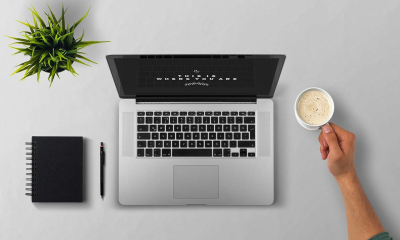The easiest way to quickly improve the look of your hair would be safe extensions, for example human hair wigs or wig stand.
What is the life cycle of hair?
You need to know that hair has a life cycle that is divided into three phases:
90% of our hair is in the first phase called anagen. This is the longest phase, lasting from 2 to sometimes even 8 years.
The transition period, or second phase (catagen) lasts just two weeks. The hair stops growing, its end detaches from the papilla located in the hair follicle and moves closer to the skin, thus preparing to fall out.
In the third phase (telogen), lasting from 2 to 4 months, the hair follicle shrinks and rests. After a while, it expands again and new hair begins to form in it, which pushes the old hair out.
What happens to hair during pregnancy and after birth?
During pregnancy, the high levels of oestrogen cause the hair follicles not to go into the second phase, so the hair stops falling out. I remember during this period my hair thickened so much that the clamp I used to secure it with just broke.
Unfortunately, everything changes around two to three months after giving birth. This is when the oestrogen level, responsible for dormant phase two, falls and the hair development cycle starts again. Hair starts to fall out so rapidly that it can really frighten you. This is because they come out in double numbers, so to speak - those that have been baked during pregnancy and those that would normally fall out right now. Don't worry, though. Six to eight months after giving birth, the hormonal storm quiets down and the problem will slowly start to fade away on its own.
You may have to be a little more patient if you are breastfeeding. Prolactin, the hormone responsible for lactation in excessive quantities, unfortunately causes hair to weaken. Even if you are not breastfeeding, you can have an elevated prolactin level. It appears under severe stress and especially in postnatal depression.
Hair problems after giving birth
Very often, after giving birth, hair becomes dry, dull and rough to the touch. At the time, my hair looked like brushwood collected in the forest for a bonfire. It can also happen that the weakened ends start to split or even break. The blame in this case is too low levels of vitamins and macro-and microelements, which the body had to use for other, more important purposes. Particularly important are the B vitamins, especially niacin (vit. B3), which contributes to the dilation of blood vessels, thereby facilitating the delivery of the required nutrients to the hair follicles.
Strengthening diet for postpartum hair
A healthy, well-balanced diet is also essential for beautiful hair. In order to support their reconstruction, make sure that your meals do not lack ingredients containing iron, copper and zinc. Products rich in these elements include spinach, broccoli, all kinds of beans, cereals, cocoa, sesame as well as eggs, fish, seafood and liver.
B vitamins are mainly found in yeast, especially brewer's yeast, but nuts, pumpkin seeds, oatmeal, red meat, fish and dried fruit are also rich sources.
Sometimes, for various reasons, it is difficult to take care of a hair-supporting diet. Supplements, of which there are many on the market at the moment, may be helpful. However, you may find it ineffective or pay a lot for them, so it is worth consulting a doctor or a pharmacist before buying. If you have more serious problems with your hair, you can also turn to a trichologist, i.e. a hair specialist. However, remember to tell your doctor if and what supplements or vitamins you are currently taking so that you do not overdose on them.




